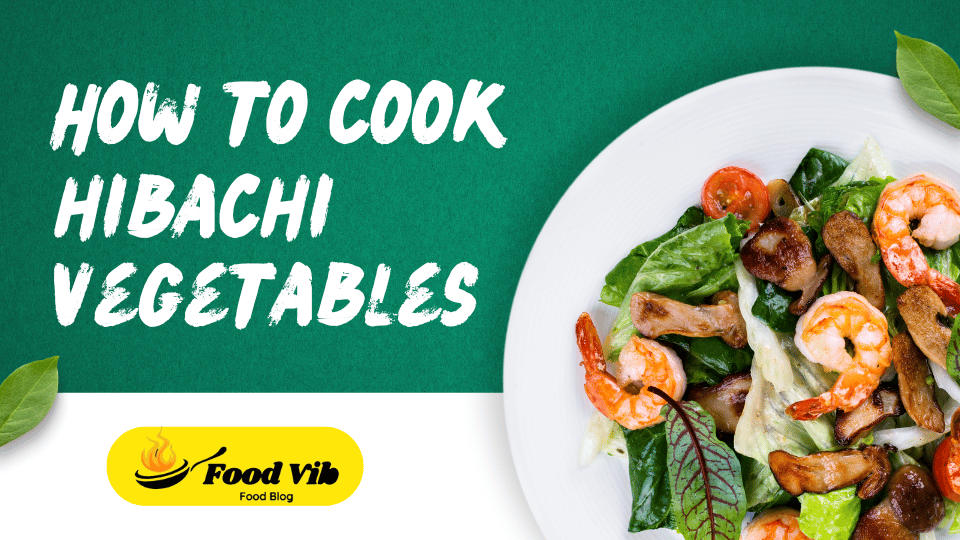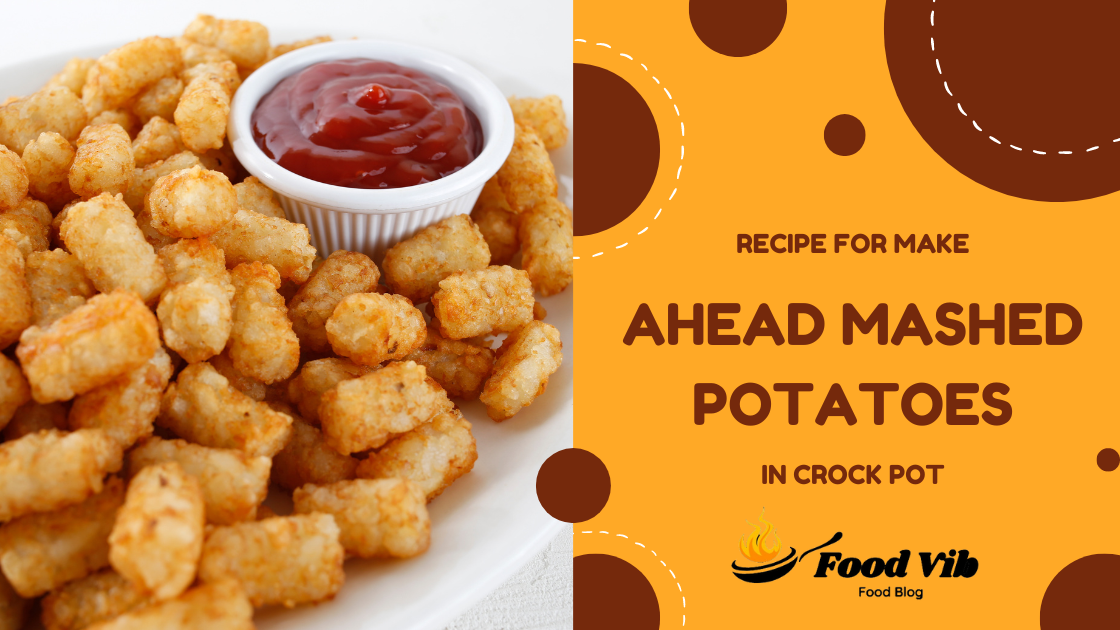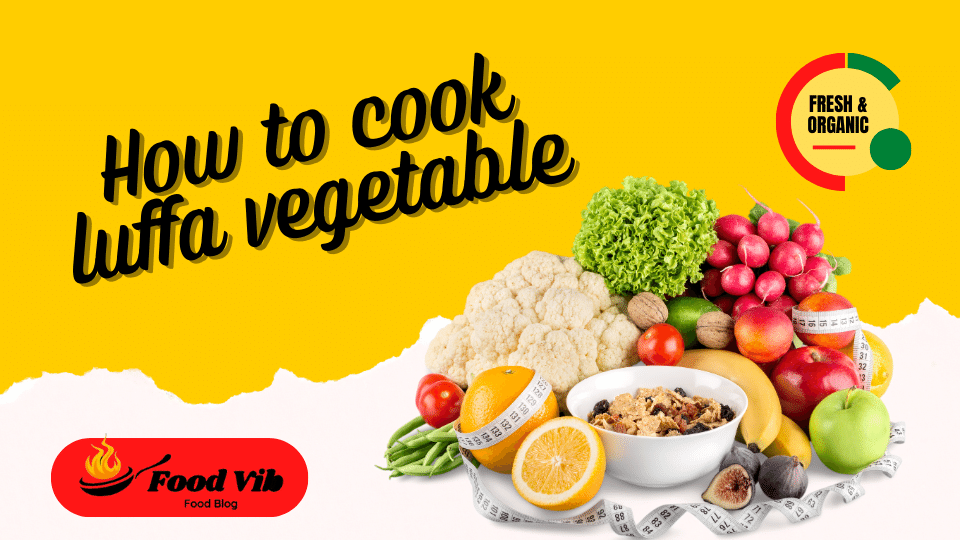How to Cook Hibachi Vegetables

Bringing the sizzle and taste of hibachi-style cooking into your own home is a fun way to improve your vegetable meals. With its vivid colors, powerful tastes, and intriguing fragrances, hibachi veggies provide a wonderful culinary experience that’s both healthful and enjoyable. Whether you’re a seasoned chef or a rookie in the kitchen, learning the art of preparing hibachi veggies is surprisingly straightforward and gratifying.
By mixing fresh veggies with a few essential ingredients and applying high-heat cooking methods, you can produce a meal that’s brimming with flavor and texture. Let’s plunge into the world of hibachi-style cooking and learn how to make these wonderful veggies directly at home.

How to Cook Hibachi Vegetables:
Ever crave those perfectly seasoned, crisp-tender veggies you see sizzling on the hibachi grill? Well, you can recreate that magic right in your own home! Here’s an easy guide to making delicious hibachi vegetables:
Ingredients:
- Oil: Vegetable, olive, soybean, or avocado oil will all work.
- Butter: This adds a rich taste, just like at the restaurant!
- Vegetables: Choose your favorites! Popular choices include onions, zucchini, yellow squash, mushrooms, broccoli, and carrots.
- Soy sauce: For that classic spicy taste.
- Teriyaki sauce (optional): Add a bit of sweetness if you like.
- Salt and pepper: To taste.
- Sesame seeds (optional): For a final touch of nutty taste.
Instructions:
- Prep your veggies: Wash and chop them into bite-sized pieces. Aim for similar sizes so they cook evenly.
- Heat it up: Get a big pan (like a wok or cast iron pot) nice and hot over medium-high heat. Add a good amount of oil to cover the bottom.
- Sauté the base: Throw in the onions first, as they take a bit longer to cook. Cook for a couple of minutes until they become clear.
- Add the crew: Now’s the time for the rest of the veggies! Add them one by one, starting with heartier choices like carrots and broccoli. Cook for a minute or two before adding the softer ones like zucchini and mushrooms.
- Flavor time: Once the veggies are starting to cook, pour in the soy sauce and teriyaki sauce (if using). Season with salt and pepper to your taste.
- The secret touch: Here comes the butter! Add a pat or two and swirl it around to coat the veggies. This adds a delicious flavor and helps them get nice and cooked.
- Cook to perfection: Keep turning and moving the veggies until they reach your desired softness. They should be slightly softer but still have a bit of a crisp bite.
- Presentation is key: Plate your delicious hibachi greens while they’re hot! Sprinkle with sesame seeds for an extra burst of taste and enjoy!
Must Read: Best Frozen Foods For Air Fryer
5 Hibachi Vegetable Recipes You Must Try:
Hibachi vegetable recipes are not only delicious but also healthy and easy to make. Here are five must-try recipes that will surely impress your taste buds:
1. Hibachi-style Mixed Vegetables:
Ingredients:
- 1 zucchini, sliced
- 1 yellow squash, sliced
- 1 onion, sliced
- 1 bell pepper, sliced
- 1 cup mushrooms, sliced
- 2 tablespoons soy sauce
- 1 tablespoon olive oil
- Salt and pepper to taste
Process:
- Heat olive oil in a big pan or hibachi grill over medium-high heat.
- Add sliced veggies to the pan and cook for 5-7 minutes, turning occasionally until they are tender-crisp.
- Drizzle soy sauce over the veggies and toss to coat evenly.
- Season with salt and pepper to taste.
- Remove from heat and put sesame seeds on top for topping if wanted.
- Serve hot as a side dish or over rice for a full meal.
Tips:
You can adjust this dish by adding your favorite veggies like broccoli, carrots, or snow peas. Adjust the spice according to your taste choice.
2. Hibachi-style Garlic Butter Vegetables:
Ingredients:
- 1 broccoli head, cut into florets
- 2 carrots, sliced
- 1 red bell pepper, sliced
- 1 yellow bell pepper, sliced
- 2 tablespoons butter
- 3 cloves garlic, minced
- Salt and pepper to taste
- Optional: chopped parsley for garnish
Process:
- In a big pan or hibachi grill, melt butter over medium heat.
- Add chopped garlic to the hot butter and cook for 1-2 minutes until fragrant.
- Add broccoli sprouts, carrots, and sliced bell peppers to the pan.
- Cook the veggies for 8-10 minutes, turning occasionally, until they are soft but still crisp.
- Season with salt and pepper to taste.
- Garnish with chopped parsley before serving if wanted.
Tips:
Make sure not to overheat the veggies to keep their crunchiness. You can also add a splash of lemon juice for extra taste.
3. Hibachi-style Teriyaki Vegetables:
Ingredients:
- 1 cup broccoli stems
- 1 cup cauliflower sprouts
- 1 cup snap peas
- 1 cup baby corn
- 1 cup sliced carrots
- 1/4 cup teriyaki sauce
- 2 tablespoons vegetable oil
- Salt and pepper to taste
- Optional: sesame seeds for garnish
Process:
- Heat veggie oil in a big pan or hibachi grill over medium-high heat.
- Add all the veggies to the pan and cook for 5-7 minutes, turning regularly.
- Pour teriyaki sauce over the vegetables and toss to coat evenly.
- Cook for an extra 2-3 minutes until the veggies are soft.
- Season with salt and pepper to taste.
- Sprinkle sesame seeds on top for topping if wanted before serving.
Tips:
You can use store-bought teriyaki sauce or make your own by mixing soy sauce, honey, garlic, and ginger. Adjust the sweetness and saltiness according to your taste.
4. Hibachi-style Spicy Garlic Vegetables:
Ingredients:
- 2 cups broccoli spears
- 1 cup sliced bell peppers (any color)
- 1 cup chopped onions
- 1 cup sliced zucchini
- 2 tablespoons olive oil
- 3 cloves garlic, minced
- 1 teaspoon red pepper flakes
- Salt and pepper to taste Optional: chopped green onions for garnish
Process:
- Heat olive oil in a big pan or hibachi grill over medium heat.
- Add chopped garlic and red pepper flakes to the pan and cook for 1-2 minutes until fragrant.
- Add broccoli sprouts, cut bell peppers, onions, and zucchini to the pan.
- Cook the veggies for 8-10 minutes, turning occasionally, until they are tender-crisp.
- Season with salt and pepper to taste.
- Garnish with chopped green onions before serving if wanted.
Tips:
Adjust the amount of red pepper flakes according to your chosen level of heat. You can also add other veggies like mushrooms or snow peas for variety.
5. Hibachi-style Sesame Ginger Vegetables:
Ingredients:
- 1 cup snow peas
- 1 cup sliced mushrooms
- 1 cup sliced carrots
- 1 cup sliced red cabbage
- 2 tablespoons sesame oil
- 2 tablespoons soy sauce
- 1 tablespoon rice vinegar
- 1 tablespoon honey
- 1 teaspoon chopped ginger
- 2 cloves garlic, minced
- Salt and pepper to taste
- Optional: sesame seeds for garnish
Process:
- In a small bowl, mix together sesame oil, soy sauce, rice vinegar, honey, chopped ginger, and crushed garlic to make the sauce.
- Heat a big pan or hibachi grill over medium-high heat.
- Add snow peas, mushrooms, carrots, and red cabbage to the pan and cook for 5-7 minutes, turning occasionally.
- Pour the sauce over the veggies and toss to coat evenly.
- Cook for an extra 2-3 minutes until the veggies are soft.
- Season with salt and pepper to taste.
Tips:
You can add cooked udon noodles or tofu to make this dish a full meal. Adjust the sweetness and acidity of the sauce according to your taste choice. Enjoy your hibachi veggie recipes!
Must Read: Cloverdale Foods Peanut Butter and Jelly
What seasonings work best with hibachi vegetables:
When making hibachi veggies, it’s important to use spices that match their natural tastes and improve the food. Here are some spices that work best with hibachi vegetables:
- Soy sauce: Soy sauce adds a rich umami flavor to the vegetables and helps bring out their natural sweetness.
- Garlic: Minced or crushed garlic can be added for a strong and aromatic flavor that goes well with the veggies.
- Ginger: Fresh ginger adds a zesty and slightly spicy kick to the vegetables, improving their overall flavor profile.
- Sesame oil: A spray of sesame oil gives a sweet flavor and creaminess to the veggies, giving them a delicious depth of flavor.
- Salt and pepper: Simple yet important, salt and pepper help to season the veggies and bring out their natural tastes.
- Lemon or lime juice: A squeeze of citrus juice adds freshness and acidity to the dish, balancing out the taste and adding a delicious touch.
- Red pepper flakes: For those who enjoy a bit of heat, red pepper flakes can be spread over the veggies to add a spicy kick.
- Green onions or scallions: Chopped green onions or scallions can be used as a decoration to add a pop of color and a mild onion flavor to the dish.
By using these spices, you can make tasty hibachi vegetables that are sure to please your family and friends. Feel free to try different combos to find the right balance of flavors for your taste preferences.
Must Read: Can you Make Sweet Tea with Powdered Sugar
Conclusion:
The art of cooking hibachi veggies takes attention to detail and a few key methods. By properly prepping your veggies, ensuring your hibachi grill is hot and well-oiled, and keeping constant movement and seasoning throughout the cooking process, you can create a delicious dish that’s sure to please. Experiment with different veggie mixes and spice blends to create your hibachi vegetables to fit your taste preferences. With practice and care, you’ll soon be able to recreate the true hibachi experience in the comfort of your own home.
Must Read: The World of Halal Fast Food
FAQs (Frequently Asked Questions)
2. Can you cook hibachi vegetables on a regular stovetop?
Yes, you can cook hibachi veggies on a normal burner. Just heat up a pot or cooking pan, add some oil, and stir-fry your best veggies like broccoli, carrots, onions, and zucchini. Season them with soy sauce, garlic, ginger, and any other spices you like.
3. Where Can You Find the Best Hibachi Vegetables?
You can find the best hibachi veggies at Japanese places that specialize in teppanyaki-style cooking. These places often have skilled chefs who cook the veggies on a hot grill right in front of you, ensuring they're fresh and tasty.
4. How to cook hibachi vegetables on blackstone griddle?
- Heat your Blackstone grill to medium-high heat.
- Toss your favorite veggies in a bit of oil and sprinkle with salt and pepper.
- Spread them out on the pan and cook, turning sometimes, until crisp-tender and wonderful!
5. Does cooking hibachi vegetables use oil or butter?
Cooking hibachi veggies usually uses oil, like vegetable oil or olive oil, for stir-frying. Some recipes might also use butter for extra flavor, but oil is more commonly used to achieve that delicious hibachi-style taste.
6. Do they use butter on the hibachi grill?
Yes, some hibachi grills use butter to improve the taste of the food. Butter can be used to cover the grill surface before cooking meats, fish, and veggies. It adds a rich, spicy taste to the foods as they cook.
7. Is hibachi vegetables healthy?
Yes, hibachi veggies can be healthy because they're usually cooked quickly over high heat, which helps to keep their nutrients. They're often seasoned with minimal oil and include a range of veggies like broccoli, squash, and mushrooms, which provide vitamins, minerals, and fiber.




